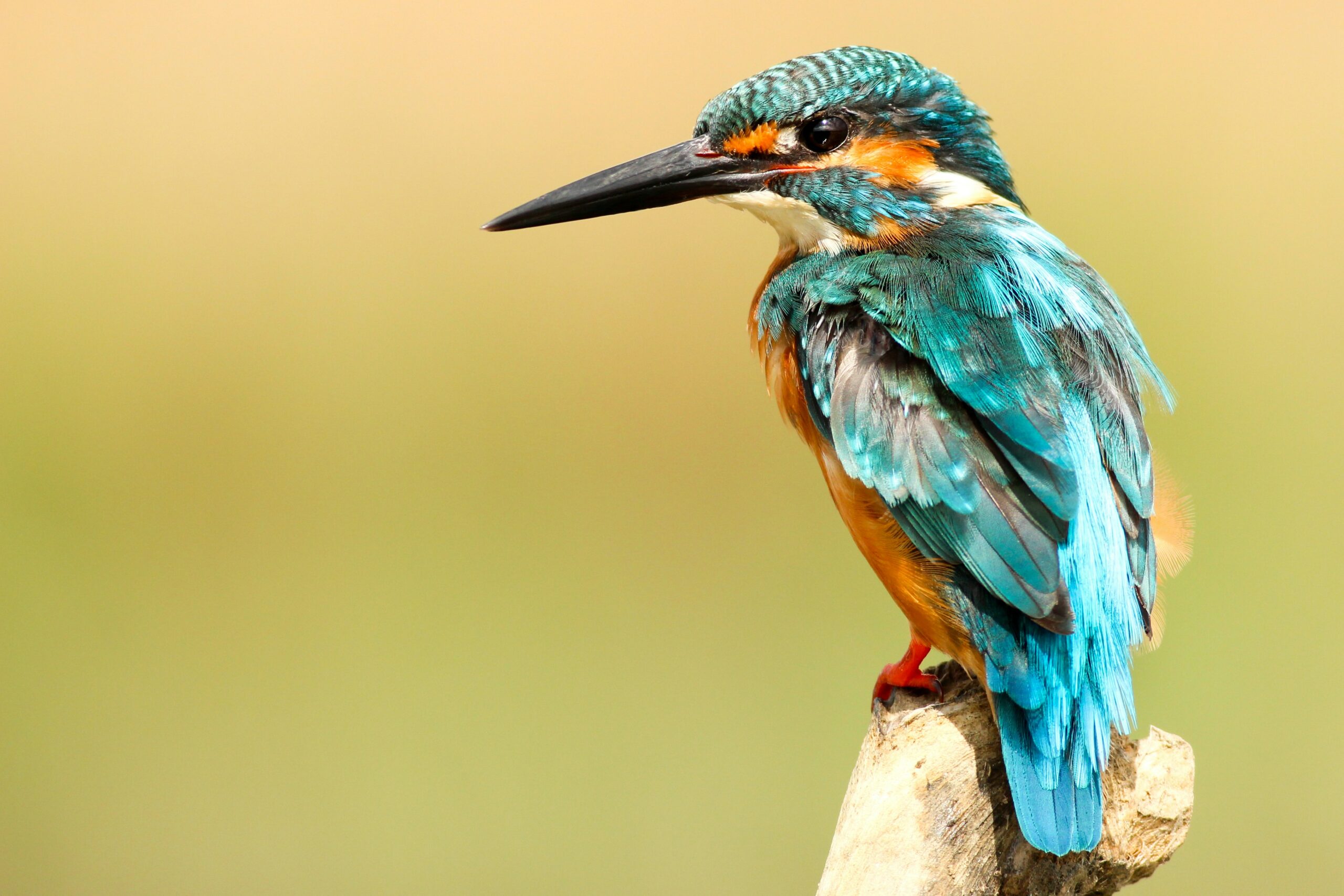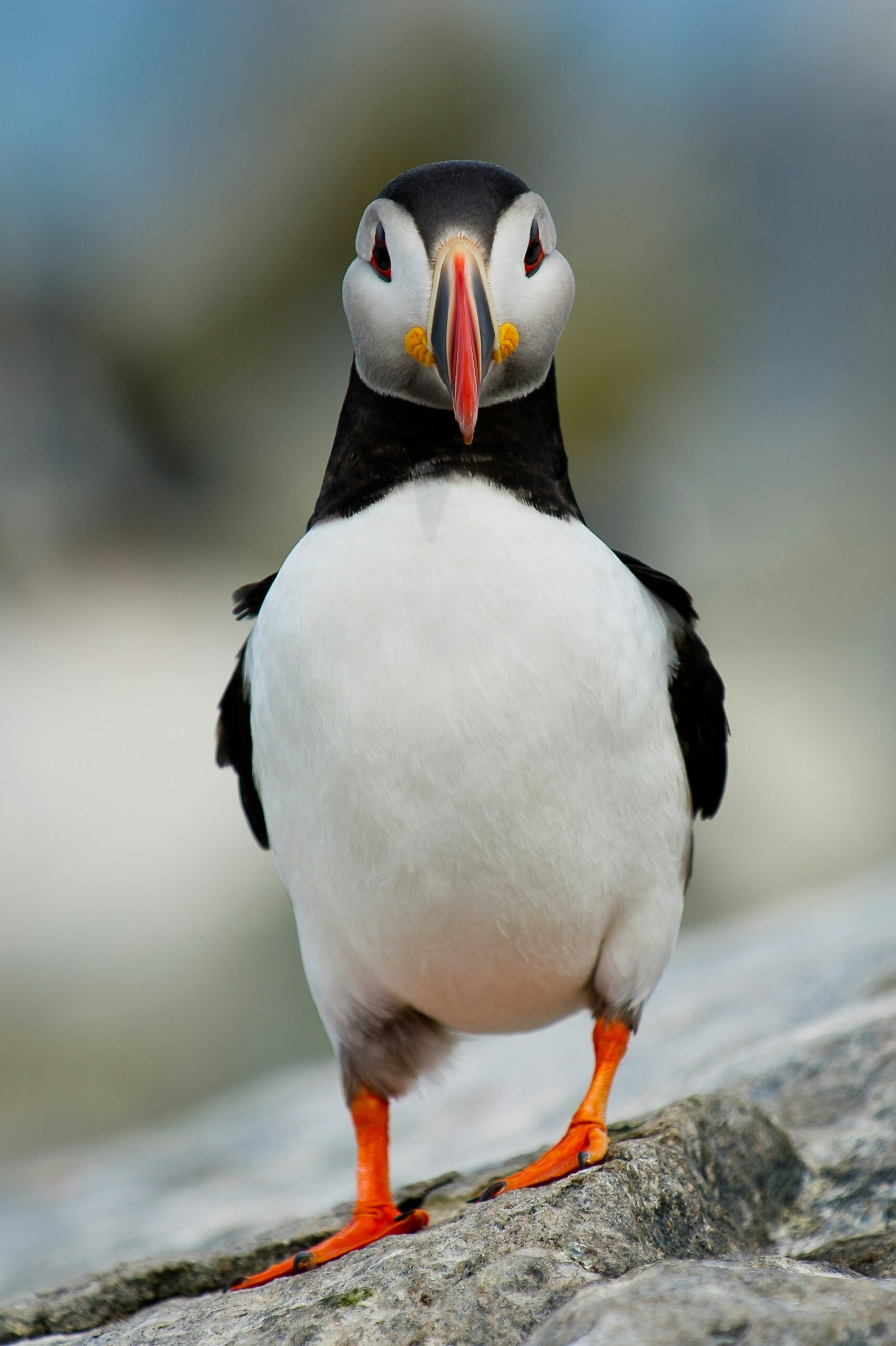If you’re an avid birdwatcher, you know that having a reliable pair of binoculars is essential for a rewarding experience. But with so many options available, it can be overwhelming to choose the right one. When it comes to selecting binoculars for birding, there are several factors to consider – from the magnification power to the field of view. In this article, we’ll guide you through the process of finding the perfect binoculars to enhance your birding adventures. So, let’s embark on this exciting journey together and discover the ideal binoculars that will bring you closer to the magnificent world of birds.
Understanding Birding and Its Requirements
A brief overview of birding
Birding, also known as birdwatching, is a popular hobby enjoyed by millions of people around the world. It involves observing and identifying different species of birds in their natural habitats. Birders often spend hours in nature, patiently seeking out and observing birds in various environments such as forests, wetlands, and even urban areas. It is a rewarding and educational pastime that allows individuals to connect with nature and appreciate the beauty of birds.
Essential tools for birding
To fully enjoy and engage in birding, it is important to have the right tools. While some birders rely solely on their eyes and ears, most enthusiasts consider binoculars to be an essential tool. Binoculars enable birders to get a closer look at birds, observe their behaviors, and identify subtle details such as plumage patterns and coloration. Additionally, a good field guide or a birding app can be useful for identifying different species based on their characteristics and habitats.
Role of binoculars in birding
Binoculars play a crucial role in birding as they allow for a closer and more detailed view of birds. They magnify the image and make it easier to discern important features for identification, such as field markings, beak shape, and wing patterns. Binoculars also help birders spot birds that may be far away or high up in trees, enhancing the overall birding experience. With the right pair of binoculars, birders can fully immerse themselves in the world of birds and appreciate their unique attributes.
Types of Binoculars for Birding
Porro prism binoculars
Porro prism binoculars are one of the most common types of binoculars used for birding. They have a unique prism design that provides a wide field of view and excellent depth perception. Porro prism binoculars often offer a better image quality compared to other types, making them a popular choice among serious birders. They are generally larger and bulkier than roof prism binoculars, but their optical performance makes them well-suited for extended birding sessions.
Roof prism binoculars
Roof prism binoculars are another popular choice for birders. They have a more compact and streamlined design compared to Porro prism binoculars, making them lightweight and portable. Roof prism binoculars are often preferred for their durability and ease of use. They are also more resistant to dust and water, making them suitable for birding in various weather conditions. However, their narrower field of view may require more precise aiming to locate birds in the field.
Compact binoculars
Compact binoculars are a smaller and lighter alternative to traditional binoculars. They are designed for birders who prioritize portability and convenience. Compact binoculars are perfect for birders on the go, as they can easily fit into a pocket or backpack. While they may not offer the same level of image quality or field of view as larger binoculars, they can still provide a satisfactory birding experience for casual or beginner birders.

Factors to Consider When Choosing Binoculars for Birding
Magnification power
Magnification power is one of the key factors to consider when choosing binoculars for birding. It determines how much closer the object will appear when viewed through the binoculars. Higher magnification can provide more detail, but it may also result in a narrower field of view and a shakier image. For birding, a moderate magnification range of 8x to 10x is generally recommended, as it strikes a good balance between detail and stability.
Objective lens diameter
The objective lens diameter refers to the size of the front lenses of the binoculars. It plays a crucial role in determining the amount of light that enters the binoculars and affects the brightness of the image. A larger objective lens diameter allows for more light transmission and is beneficial for birding, especially in low-light conditions such as early morning or late afternoon. However, larger objective lenses also contribute to a bulkier and heavier pair of binoculars.
Field of view
Field of view refers to the width of the observable area when looking through the binoculars. It is measured in degrees or the width of the area in feet at a certain distance. A wider field of view is advantageous in birding as it allows birders to locate and track birds more easily, especially when they are in motion. However, a wider field of view may come at the cost of reduced magnification or image quality, so it is essential to find a balance that suits one’s birding style.
Close focus distance
The close focus distance is the shortest distance at which the binoculars can focus clearly. It is particularly important for birders who enjoy observing birds from close range, especially small and detailed species. A shorter close focus distance allows for better observation of nearby birds, their behaviors, and intricate features. Birders who are interested in macro birding or studying other nature elements such as wildflowers or insects may prioritize a short close focus distance in their binocular selection.
Eye relief
Eye relief is the distance between the eyepiece and the point where the user’s eyes should be positioned to see the full field of view. It is particularly important for individuals who wear glasses, as it ensures that they can have a clear and unobstructed view through the binoculars. A longer eye relief is generally recommended for glasses wearers to avoid any inconvenience or discomfort while using binoculars. Some binocular models even offer adjustable eyecups to accommodate different eye relief requirements.
Importance of Binocular Magnification for Birders
Explanation of magnification
Magnification refers to the number of times an object is enlarged when viewed through binoculars. For example, a pair of binoculars with 8x magnification will make an object appear eight times closer than it actually is. The higher the magnification, the more details can be seen, but it also increases the shakiness of the image if not supported properly.
How magnification affects birding
The choice of binocular magnification depends on personal preference and birding style. Higher magnification can be advantageous for observing birds from a distance, such as waterfowl on a lake or raptors soaring in the sky. It allows birders to see fine details, such as plumage patterns and markings, more clearly. However, high magnification also narrows the field of view and makes it more challenging to locate and follow fast-moving birds. It may also require a stable rest or tripod for optimal viewing.
Recommended magnification values for birding
For most birding situations, a magnification range of 8x to 10x is commonly recommended. These magnification values provide a good balance between detail and stability. An 8x magnification provides a wider field of view, making it easier to find and track birds in flight or moving through foliage. On the other hand, a 10x magnification offers more detailed views of birds, particularly for birders who want to focus on observation and identification of subtle features.

Objective Lens and Its Impact on Birding
Understanding what an objective lens is
The objective lens is the large lens located at the front of the binoculars. It is responsible for gathering light and forming the initial image that is then magnified by the binoculars’ optical system. The size of the objective lens directly affects the amount of light that enters the binoculars, therefore influencing the brightness and clarity of the image.
Impact of lens size on light gathering capacity
The size of the objective lens plays a significant role in the light-gathering capacity of binoculars. Larger objective lenses have a larger surface area and can capture more light, resulting in brighter and clearer images. This is especially beneficial when birding in low-light conditions such as dawn or dusk, or in shaded areas such as dense forests. However, larger objective lenses also contribute to a heavier and bulkier pair of binoculars, which may be less portable and more challenging to carry for extended periods.
Considerations for lens size in different birding situations
The choice of lens size depends on various factors, including personal preferences and birding environments. For birders who primarily engage in daytime birding in well-lit areas, a lens size between 32mm and 42mm is often sufficient. These sizes offer a good balance between light gathering and portability. However, if birders frequently explore low-light environments or need to capture fine details, larger objective lenses, such as 50mm or even 56mm, can significantly enhance the overall birding experience.
